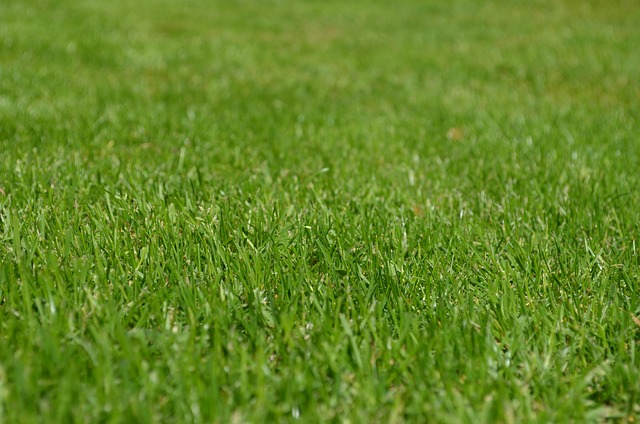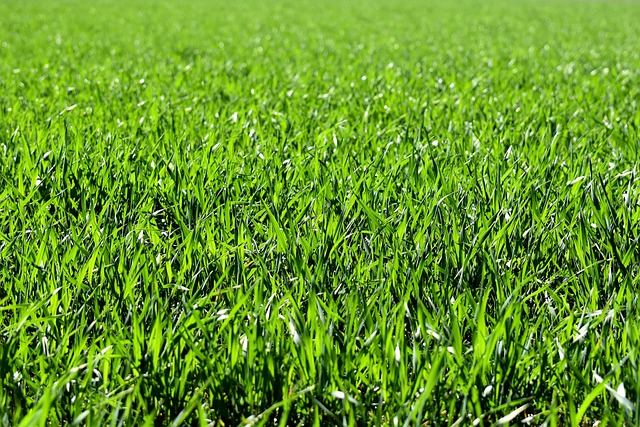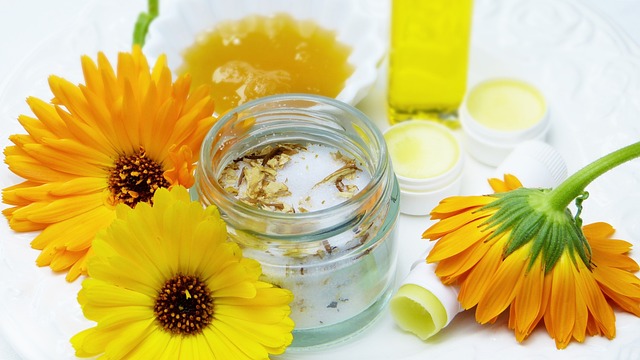Lawn fertilization, focusing on key nutrients like nitrogen, phosphorus, and potassium, is vital for maintaining lush grass. Balanced fertilizers tailored to specific lawn needs promote health and beauty. Effective weed control involves prevention through soil amendments, proper mowing, and targeted strategies. Integrating lawn care and landscaping, considering soil type, sun exposure, and plant selection, creates a low-maintenance, harmoniously designed outdoor space that discourages weeds naturally.
Lawn fertilization and weed control are essential components of maintaining a lush, healthy outdoor space. In this comprehensive guide, we explore effective strategies for both lawn care and landscaping. Discover the vital role of understanding nutrient needs and implementing tailored weed control measures. Learn how to integrate these practices with your overall landscape design, creating a beautiful, low-maintenance yard that stands out in the neighborhood.
- Understanding Lawn Fertilization: Essential Nutrients for a Healthy Lawn
- Effective Weed Control Strategies: Preventing and Managing Weeds
- Integrating Lawn Care and Landscaping: Creating a Beautiful, Low-Maintenance Outdoor Space
Understanding Lawn Fertilization: Essential Nutrients for a Healthy Lawn

Lawn fertilization is a vital aspect of lawn care and landscaping, ensuring your grass stays lush, green, and robust. To understand the process effectively, it’s crucial to recognize that lawns, like all plants, require specific essential nutrients for optimal growth. These nutrients include nitrogen, phosphorus, and potassium, often referred to as NPK. Each plays a unique role: nitrogen promotes leaf growth and greenness, phosphorus aids in root development and overall plant strength, while potassium strengthens the lawn against diseases and environmental stresses.
Proper fertilization goes beyond just these primary nutrients. Secondary elements like calcium, magnesium, and sulfur are also necessary for a healthy lawn. Balanced fertilizers, which contain these essential elements in recommended ratios, are ideal for promoting robust grass growth and preventing weed infestations. Understanding your lawn’s unique needs and selecting the right fertilizer is key to achieving a vibrant, healthy, and well-maintained outdoor space.
Effective Weed Control Strategies: Preventing and Managing Weeds

Weed control is an integral part of maintaining a healthy and visually appealing lawn, and there are several effective strategies to manage them in your lawn care and landscaping routine. One of the most important steps is prevention. Weeds often thrive in areas with poor soil quality or where grass is thin. Regularly testing your soil and amending it with organic matter can create an environment that discourages weed growth. Maintaining a dense, robust lawn through consistent mowing and proper watering will also act as a natural barrier against weeds.
Additionally, identifying the type of weeds in your yard is crucial for targeted control. Some methods include manual removal for smaller infestations, applying selective herbicides specific to certain weed species, or employing cultural controls like planting competitive grass varieties. Combining these strategies can provide long-lasting results, ensuring your lawn remains healthy and free from unwanted plants, enhancing overall lawn care and landscaping efforts.
Integrating Lawn Care and Landscaping: Creating a Beautiful, Low-Maintenance Outdoor Space

Integrating lawn care and landscaping is a powerful approach to transforming your outdoor space into a beautiful, low-maintenance haven. By combining strategic fertilization techniques with thoughtful landscaping design, you can create a lush, vibrant lawn that complements your garden’s overall aesthetics. Start by assessing your yard’s unique needs; consider soil type, sun exposure, and existing vegetation. From there, select fertilizers tailored to promote healthy grass growth while reducing environmental impact.
Pair these practices with careful plant selection and placement to deter weeds naturally. Choose resilient plant varieties that fill in gaps, suppressing weed growth. Incorporate ground covers or mulches to prevent erosion and smother weed seeds. This holistic approach ensures your lawn not only looks pristine but also requires less upkeep over time, harmoniously blending with the surrounding landscape.
Incorporating effective lawn fertilization and weed control strategies is key to achieving and maintaining a lush, healthy outdoor space. By understanding the essential nutrients required for optimal grass growth and implementing tailored prevention methods for weed management, you can significantly enhance your lawn care and landscaping efforts. These practices contribute to creating a beautiful, low-maintenance yard that becomes the envy of the neighborhood.














